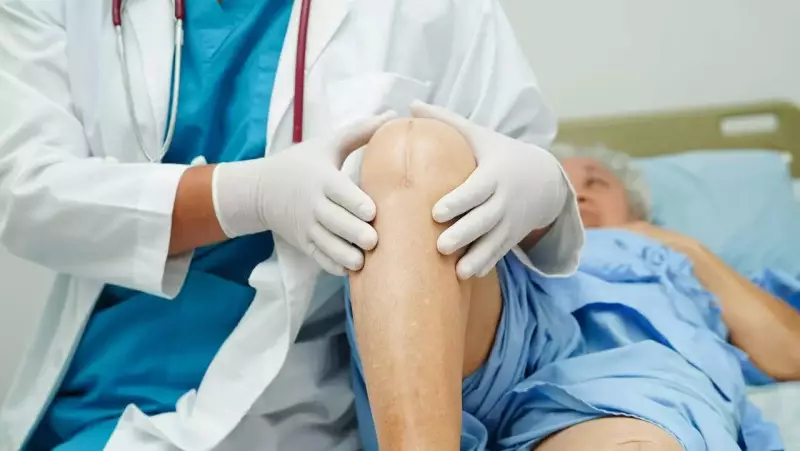
Undergoing knee replacement surgery is a significant step toward regaining mobility and freedom from chronic pain. However, the real journey begins after the operation—the recovery phase that determines your long-term success. Here are expert-backed strategies to make your healing process smoother and more effective.
Master Pain Management Early On
Effective pain control is crucial during the initial recovery period. Work closely with your healthcare team to establish a medication schedule that keeps discomfort manageable. Remember, controlling pain isn't about eliminating it completely but keeping it at levels where you can perform your rehabilitation exercises comfortably.
Embrace Physical Therapy Wholeheartedly
Your physiotherapist is your greatest ally in recovery. The exercises they prescribe—no matter how simple they seem—are designed to restore range of motion, strengthen supporting muscles, and prevent complications. Consistency with your physical therapy regimen directly correlates with better outcomes.
The RICE Method: Your Recovery Foundation
Remember this golden acronym: Rest, Ice, Compression, and Elevation. Applying ice packs to your knee for 15-20 minutes several times daily helps reduce swelling and inflammation. Elevating your leg above heart level, especially during rest periods, further minimizes swelling and promotes circulation.
Nutrition: The Building Blocks of Healing
Your body needs specific nutrients to repair itself efficiently. Focus on protein-rich foods to rebuild tissue, calcium and vitamin D for bone health, and vitamin C for collagen formation. Stay well-hydrated and consider discussing supplements with your doctor.
Create a Safe Home Environment
Prepare your living space before surgery to prevent falls and accidents. Remove tripping hazards, install grab bars in bathrooms, set up a comfortable recovery area with essential items within reach, and consider temporary living arrangements if your bedroom requires stair access.
Listen to Your Body's Signals
While pushing through discomfort during therapy is necessary, distinguishing between normal recovery pain and warning signs is vital. Report increased redness, warmth, unusual swelling, or fever to your doctor immediately, as these could indicate infection or other complications.
Patience and Positive Mindset
Recovery is a marathon, not a sprint. Some days will feel like setbacks, while others will bring noticeable progress. Celebrate small victories—taking a few steps farther, bending your knee a few more degrees—and maintain realistic expectations about your healing timeline.
By implementing these strategies consistently and maintaining open communication with your healthcare team, you can significantly enhance your knee replacement recovery experience. Remember that every patient's journey is unique, so tailor these suggestions to your specific needs and medical advice.

